
Maruti Suzuki Celerio Diesel vs Chevrolet Beat vs Hyundai Grand i10:...
- Jun 2, 2015
- Views : 119333

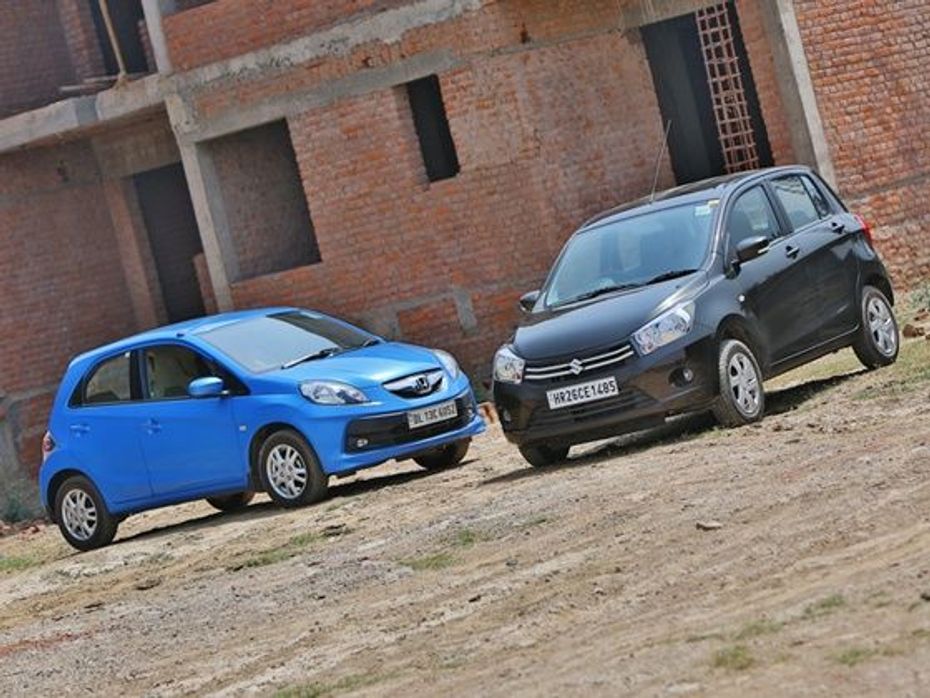
Maruti Suzuki understands the pulse of the Indian motorist. After all, it is India’s largest carmaker with over 1,100 dealerships across the country. Till now, two major aspects have driven Indian car buying trends – price and efficiency, and in these two aspects there are more than a handful of products to choose from in the Maruti stable. The next trend, especially in major cities is the need for an affordable automatic. India has 28 states and seven union territories and if you count even one major city in each, we have 35 huge sub-markets craving for clutchless affordable motoring. No manufacturer has found a convincing product to that until now. The Celerio has impressed us with its logical package but it’s now got the Brio automatic for company to see if it can be more than just a money saver. Read on.
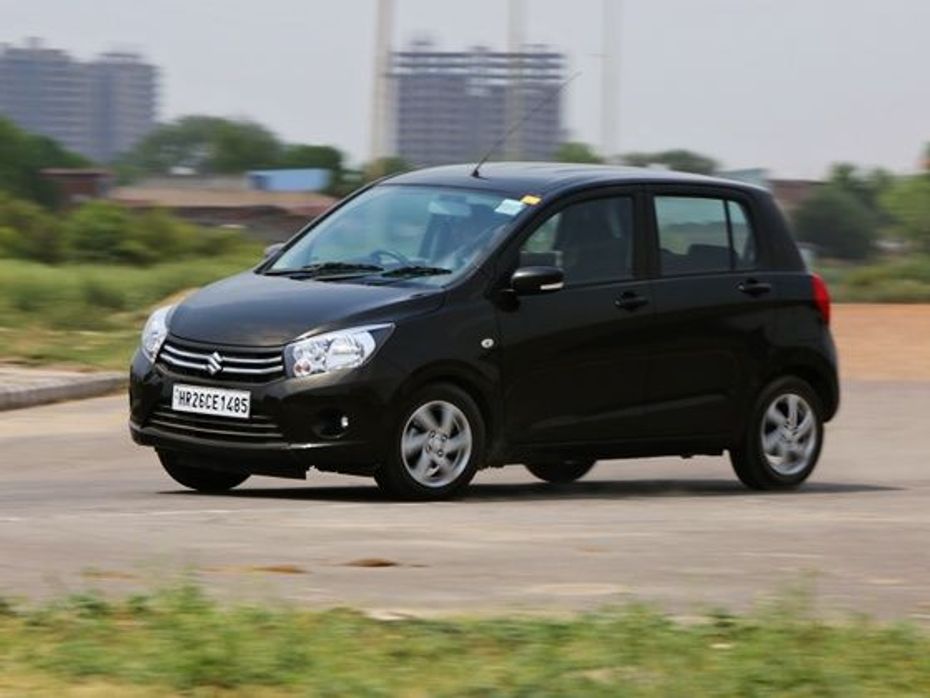
At first glance, it is easy to slot the Celerio into a segment lower than the Brio. There are fewer creases, flatter panels and simpler lines giving you an indication of cost saving on tooling and dyes. The Brio is more flamboyant with plenty of contours and greater attention to design. The rounded teardrop headlights look attractive and its stance as a whole looks sportier than the Maruti. The Celerio AMT is available only in mid-spec VXi trim while the Brio AT in our test can be ordered in the top-of-the-line VX trim. And that creates a huge price gap - the Celerio is priced at Rs 4.43 lakh while the Brio costs Rs 5.99 lakh, both prices ex-showroom Delhi. Both these cars though are targeting the same customer, one looking for a hasslefree city commute without breaking the bank. So let’s get on to the gearboxes and the way they drive.
The AMT is a manual gearbox with an ECU to engage and disengage the clutch. It functions as a manual box’ would without you having to use your left foot. It isn’t a revolutionary technology but one that suits our market in current day-and –age to the T. The gearbox unit underneath is the same as in the manual Celerio and that saves cost. The Brio uses a conventional 5-speed torque converter. It’s different from the manual Brio and costs Rs 77,000 more. The Celerio AMT in comparison only costs Rs 38,000 more than its manual twin.
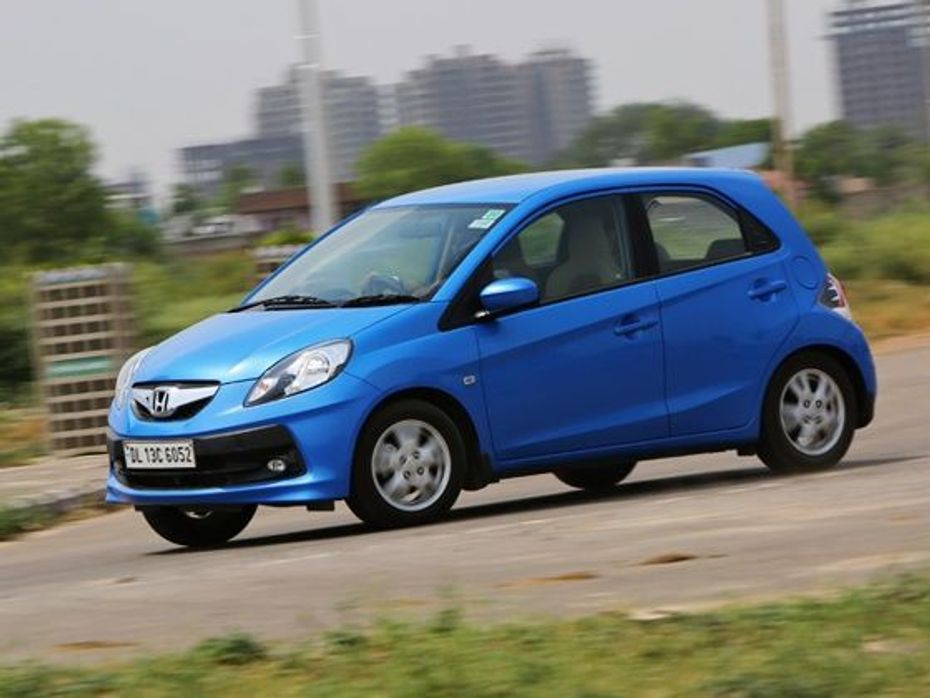
On the run, The Brio is smooth, especially in stop-go city traffic. Shifts are quicker than the Celerio and the car is eager and much more predictable at varying throttle. It packs a lot more power and torque than the Celerio – 88PS and 109Nm. The Celerio has a modest 68PS and 90Nm to play around with. This may sound a lot less but in the real world, on a brick run, the two cars don’t feel too far apart. That’s because the Celerio is over 140kg lighter than the Brio making it light on its feet. Time lost between gears though is the Celerio AMT’s major drawback. In a faster shifting unit, the Celerio would out-run the Brio but it’s something you will be willing to forgo for the price you end up paying. The jerkiness at low revs you will experience in the Celerio can be negated by driving in manual mode as you can choose when to shift, removing the surprise element out of it. The Brio on the other hand doesn’t offer a manual override. What it does is give you an option of D3, essentially a downshift when you require it. Shuffling between the two (D and D3) will give you a good mix of performance and efficiency when required.

Talking of efficiency, the Brio AT is, as expected, less fuel efficient. It has an ARAI certified economy figure of 16.5kmpl to the Celerio’s 23.1kmpl. In the real world, these figures are lower but the difference between the two cars remains almost as wide.
Handling-wise, both are quite fun and chuckable when you present them a set of corners. The Brio feels more planted due to a better high speed ride yet the Celerio does a decent job of it as well. At low speeds the Maruti is softer and filters out bumps slightly better than the Brio.
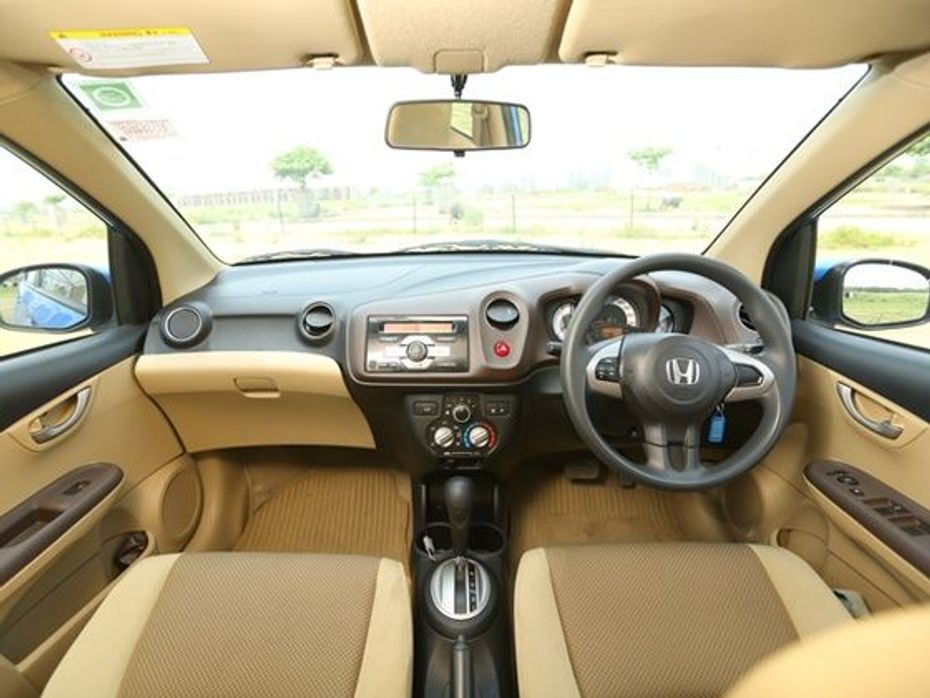
On the inside, I like the Celerio’s dashboard layout. While it lacks the flair of the Brio, it feels more acceptable to a wider audience. The funky Brio has too many colours from the beige glove box to the mix of brown shades. The Brio feels better built and big car-like compared to the Celerio. Slender door panels and a narrower cabin are the Maruti’s drawbacks, where the Brio on the other hand gives a better sense of space. Beige upholstery in the Honda looks more upmarket as well. Front seats are comfortable in both cars but the Brio offers better side support for the back and thighs. Move to the rear and both fell more or less on par. Scooped up front seats give good legroom for the rear passengers of the Brio. The C-pillar blocks passenger vision in the Brio which is more airy in the Celerio. Boot space is where the Celerio scores handsomely over the Brio. At 235 litres, the Celerio has 60 litres of boot space over the Brio.

Since you can only get a Celerio in mid-spec VXi trim, there’s a lot of equipment you will lose out on. The most important of all is ABS and airbags. Delivering an affordable car is fine but one without these basic occupant safety features should be unacceptable. Maruti needs to at least provide it as an option. The Brio gets ABS with EBD and driver and passenger airbags. It also gets driver seat height adjustment, steering adjustable for rake, electrically adjustable ORVMs, keyless entry and steering mounted controls over the Celerio.
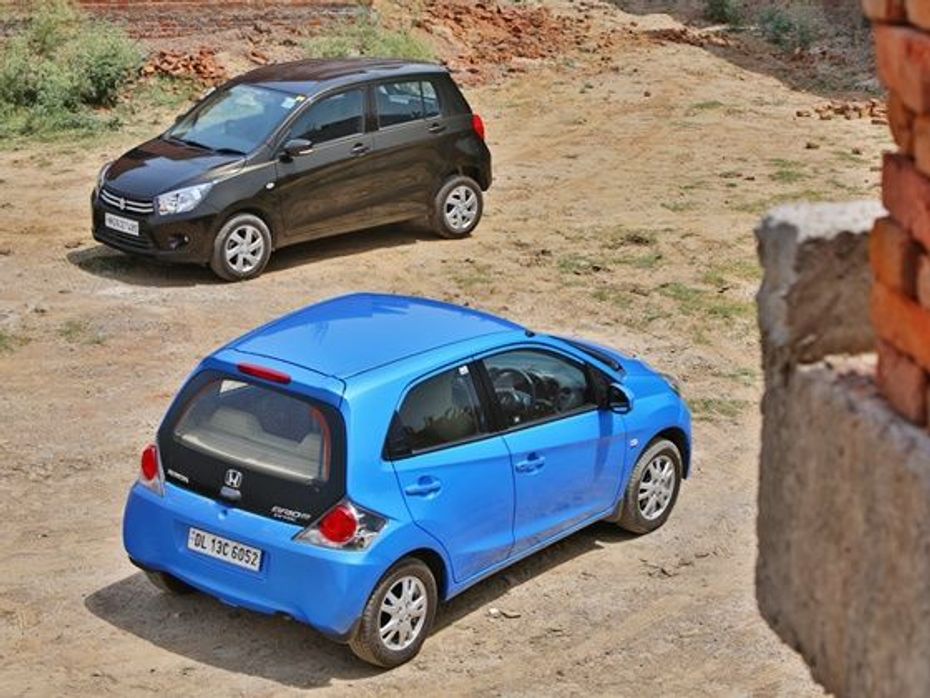
The Celerio AMT is an important and landmark car for India, no doubt. It’s got a peppy engine, good space on the inside, rides and handles well and for one on a tight budget, it’s the only automatic you can put your money on. But it feels a segment lower than the Brio in every aspect right to the gearbox and is woefully short on the equipments list. If you can stretch your budget, the Brio is undoubtedly the better car. As an introduction to the world of automatics, the Celerio does a fine job but treat it like that – just a stepping stone to this part of the world where your left foot rests in peace.

Maruti Suzuki Celerio Diesel vs Chevrolet Beat vs Hyundai Grand i10:...

Maruti Celerio AMT vs Honda Brio AT Comparison review: Gallery

Maruti Suzuki WagonR Vs Hyundai Santro Vs Tata Tiago: Compact Hatch...

Maruti Suzuki WagonR vs Hyundai Santro vs Tata Tiago & Compact hatch...

2019 Maruti Wagon R Vs Hyundai Santro And Other Rivals: Spec...

2019 Maruti Suzuki WagonR vs JDM Suzuki WagonR

Maruti Suzuki Wagon R: Old Vs New

Tata Punch Dimensions And Engine Specs Compared With Maruti Suzuki...

Tata Tiago CNG vs Rivals: Specifications And Prices Compared

Hyundai Santro vs Maruti WagonR & AMT Comparison Review
India's largest automotive community